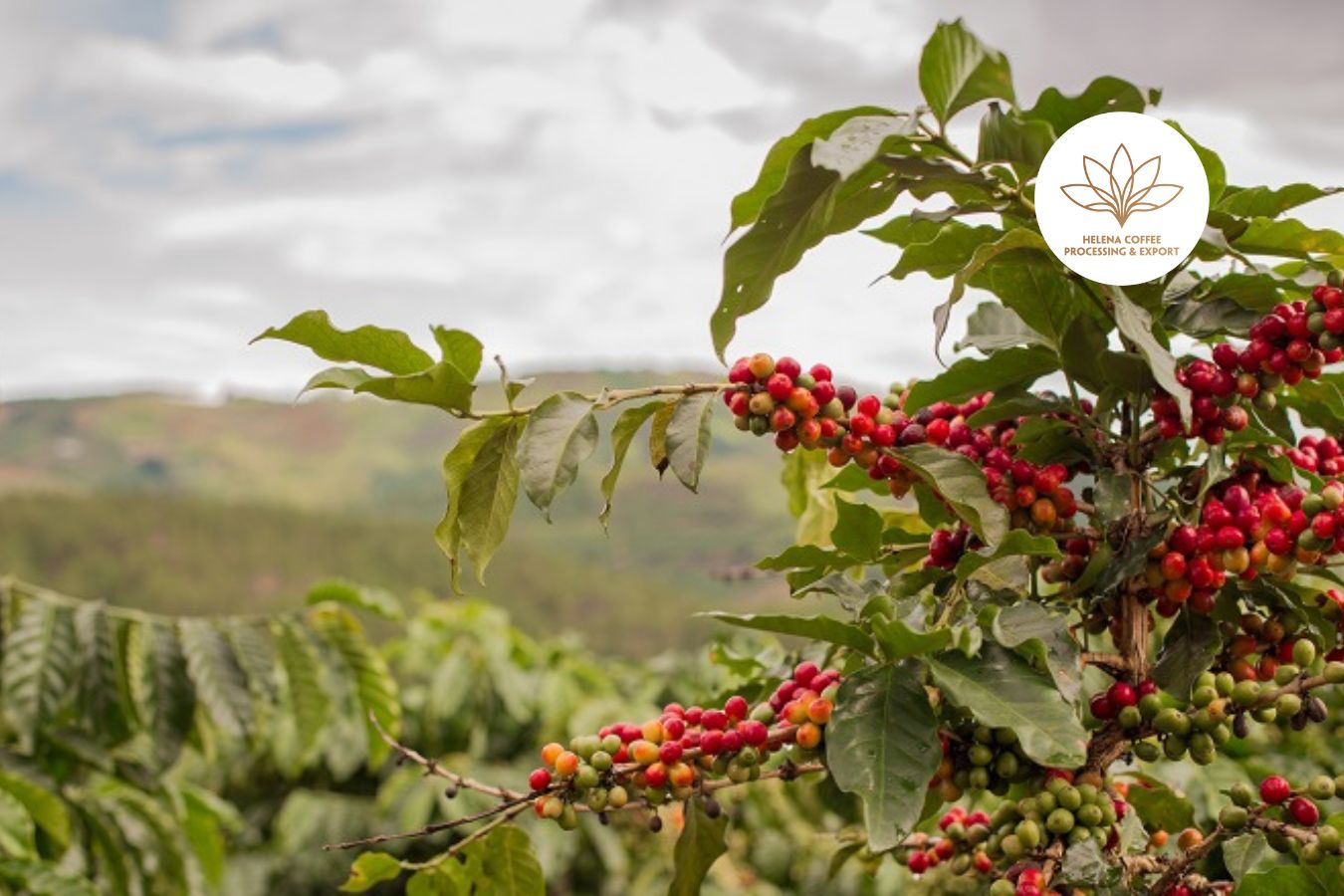
What methods do pickers employ to harvest and Improving Coffee Quality
Harvesting and sorting cherries are fundamental processes in coffee production, with farm workers employing various methods ranging from manual to semi-mechanised and fully mechanised techniques.
Carlos, associated with Palinialves, a prominent Brazilian agricultural equipment manufacturer, stresses the significance of cherry ripeness across all three harvesting and sorting approaches.
“It’s crucial to harvest coffee cherries at their optimal stage of ripeness and uniformity, prioritizing a higher percentage of fully ripe fruits, or red cherries,” he explains.
Selective picking emerges as a preferred method, wherein laborers meticulously hand-select only the ripest cherries, contributing to improved quality and the development of sweeter, more complex flavors. However, this technique demands significant labor input.
Conversely, some farms opt for hand strip picking, where laborers manually harvest all cherries from the branches, presenting an alternative labor-intensive approach.
What About Coffee Cherry Sorting
Carlos elaborates on the cherry sorting process, highlighting the utilization of various equipment and techniques to achieve optimal ripeness. Many farms commence by placing harvested cherries on a tarp, Improving Coffee Quality meticulously removing any unripe ones. Alternatively, automated systems are employed to sort cherries based on size, color, and density.
In certain instances, cherries undergo submersion in water tanks. Improving Coffee Quality This step aims to identify defective, underdeveloped, or overripe cherries, discernible as they float to the surface and are subsequently discarded.
Subsequently, farm workers conduct visual inspections of the drying coffee on raised beds or patios, identifying and eliminating any damaged, insect-infested, discolored, or underripe beans.
Following a drying period of approximately two months, producers utilize a density sorter and gravity separator to differentiate between high-density and low-density beans. Higher density beans are typically associated with superior quality and command higher prices.
Ultimately, green beans undergo color sorting to eliminate any defective beans, a task accomplished either manually or using sensor machines. This meticulous step is essential to ensure the coffee meets specialty-grade standards.
Increasing Adoption of Mechanized Sorting Systems
As producers deliberate over manual versus mechanized sorting solutions, the evolving challenge of securing a stable workforce prompts a growing reliance on automated alternatives.
One such innovation is Palinialves’ FullSelect optical sorter, set to debut at the company’s booth during the 2024 International Coffee Week event in Belo Horizonte, Brazil, from November 8 to 10.
Carlos elaborates on the machine’s functionality. “The FullSelect is an electronic optical sorter designed to segregate coffee cherries based on color,” he explains. “Harvested cherries, varying in ripeness, are fed through a hopper and conveyed to the optical sorting machine.”
“The machine employs high-resolution cameras to capture images of the cherries,Improving Coffee Quality discerning them based on color sensitivity,” he continues. “Red or yellow cherries are accepted, while green and black ones are rejected.”
Upon identifying defective cherries, a precise stream of compressed air swiftly separates them from ripe ones.
Felipe underscores the sorter’s advanced capabilities. “The FullSelect integrates a suite of full-color cameras capable of detecting green coffee within ripe red cherries,” he adds. “These highly sensitive cameras can differentiate cherries based on subtle variations in color tone with exceptional precision.”
A Heightened Emphasis on Quality
For producers equipped to invest in mechanized sorting solutions, post-harvest processing methods become more accessible and streamlined.
“The FullSelect machine offers straightforward operation, featuring an intuitive touchscreen panel and automatic sensitivity adjustment,” explains Carlos.Moreover, this advanced technology allows farmers to allocate more time and energy to enhancing other aspects of their business, further improving coffee quality.
“With mechanized sorters, Improving Coffee Quality I can confidently ensure that only red ripe cherries without defects are processed,” Felipe concludes.
From seed planting to implementing diverse processing methods, producers committed to cultivating high-quality coffee meticulously attend to every step of the process.Improving Coffee Quality While many rely on manual harvesting and sorting methods—sometimes out of necessity—an increasing number are recognizing the advantages of mechanized sorting solutions. For coffee farms equipped with the infrastructure and resources to invest in these machines, they offer a myriad of benefits.
FAQS: